#royal artillery
Text

British Artillery observing officers of the Royal Artillery, seen in a captured German observation post near Oosttaverne Wood, 11th June 1917, during the Battle of Messines.
77 notes
·
View notes
Photo

Royal Artillery gunners circa 1865. Colourisation by Tinus le Roux/Boer War Colourised Photographs.
289 notes
·
View notes
Text
20 June 2023
A Royal Fellowship of Death
London
20 June 2023
Sometimes a memorial becomes so ubiquitous in the landscape that you forget its a memorial. Take the Arc de Triomphe. It’s as ‘top down’ as a memorial ever was, but it is technically a war memorial, commemorating Napoleon’s battles and marshals. Arguably the Washington Monument is the same. And so, of course, is the Wellington Arch. In fact, the Wellington Arch doesn’t just commemorate Old Nosey’s victories in Flanders, Portugal and Spain, it serves as the epicentre of a small cluster of war memorials, just down the road from Buckingham Palace.
We started today at Victoria Station, visiting the memorial to the war dead of both the London, Brighton and South Coast Railway during the First World War and the Southern Railway of the Second. (For the uninitiated, the LBSCR was amalgamated with several other south coast railway companies to form the Southern in 1923, as a direct result of the war.) We then proceeded one stop up the Victoria Line to Green Park, and walked from there to the Bomber Command Memorial, the newest member of this little community of memorials.
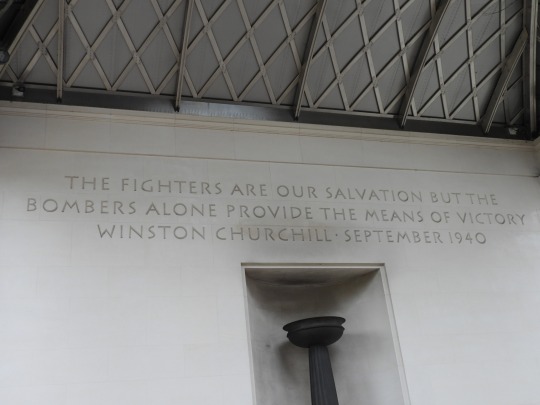
The Bomber Command Memorial was always going to controversial, even divorced from it’s commention to Tory political operator Lord Ashcroft. For seventy years after the war, RAF Bomber Command existed in between the moral necessity to commemorate its more than 55,000 dead, and the politicial impossibility of raising a monument to the men who destroyed Hamburg and Dresden. Proportionally, both for Australia and the Empire generally, serving in Bomber Command was the most dangerous and deadly occupation of either world war, with a staggering 44% death rate. (Not casualties. Deaths.) To fly a Lancaster (or a Halifax, a Wellington, a Stirling or any of the other less fashionable bombers) took immense courage. Yet this courage was used to pursue what Arthur ‘Bomber’ Harris called ‘dehousing’ - the deliberate targeting of civilian areas. This was controversial at the time, to the point where the Americans took it as a point of moral pride that they didn’t bomb in the British fashion (until towards the end of the war, where the gloves came off, particularly against Japan.) Today, it’s a huge issue that a lot of people are very sensitive towards.
I think the Bomber Command Memorial does it’s job as tastefully as is possible to do so - bearing in mind that it is not possible to do this in a way that would be tasteful for everyone. Yes, the men on the pedestal are elevated, and we look up at them, but we look up at figures with a distinct sense of weary resignation to doing an awful job. It is the statues that turn what could be seen as - and what Ashcroft probably intended to be - a blandly nationalistic piece. They give it a human quality. It’s also worth noting that once a memorial, like any other piece of art, is finished, the interpretation of the beholder becomes just as valid and important as that of the artist.
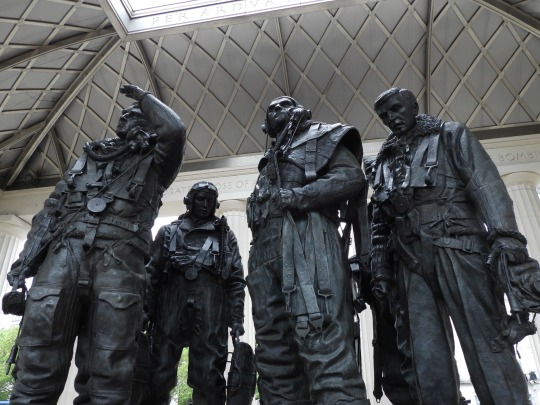
I won’t get into whether or not I think strategic bombing was tactically or strategically justified, although I will say that for a long time there weren’t many other ways to prosecute the war, and I’m hestitant to judge Harris or Churchill too harshly.
We crossed the road to the Wellington Arch, and here split up so that each group could examine a chosen war memorial. I’m not in a group, so I got to wander around and look at whatever took my fancy, so instead of the insightful commentary of my cohorts about WWI memorials, you get to hear me moan about a Napoleonic statue. Specifically, there’s a statue of Wellington that faces Aspley House, and a handsome statue it is, but there is something about it that bothers me intensely. On the base, standing guard at each corner, are soldiers from various regiments of Wellington’s Army - probably intentionally, they represent England, Scotland, Wales and Ireland. This is good - what bothers me is their choice of representatives. The Scots soldier is an infantryman of the 42nd (Black Watch) Foot, as is good and proper. The Welshman is of the 23rd Royal Welch Fusiliers, the Englishman is of the 1st Foot Guards, and the Irishman is of the 6th (Inniskilling) Dragoons. And therein lies the problem - they’re all from elite regiments. (Additionally, the Fusilier is a sergeant.) Were it up to me, I’d swap the Foot Guard for, say, one of the light infantry regiments - let’s say the 52nd Foot, just for an example - and the dragoon for the 28th (Inniskilling) Foot. Both of these regiments deserve recognition, and neither of them are part of the social elite of the army.
Some might say this leaves out the cavalry. Well, bugger the cavalry. It’s the infantry and the artillery that win wars, and the cavalry that take the credit.
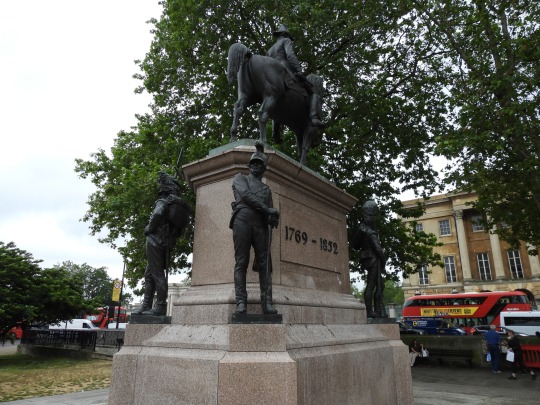
As for the other memorials, most of them were handsome enough. The Australian Memorial is a clever design; a wall in which, from a distance, one sees the name of battles, and when one comes closer they can see the small names of towns across Australia. The Machine Gun Corps Memorial is classical to the point that nobody would ever know what it was a memorial to unless they took a close look - it just looks like a naked Achilles making a jaunty pose. The New Zealand Memorial looks like somebody left their giant tent pins sitting in the side of a small rise, while the memorial to the Indian, African and Caribbean troops of the world wars is handsome but a little generic. It’s the Royal Artillery Memorial that really stands out, with it’s stone 9.2in howitzer and the weary figures of artillerymen standing sentinel around it. At the back is the stark image of a dead gunner, his body covered by his cloak and helmet. Below this anonymous casualty is an inscription - ‘here was a royal fellowship of death.’ It’s an outstanding memorial, and one of the standouts of the tour so far.

After presentations, we caught the Piccadilly Line from Hyde Park Corner to Piccadilly Circus, and from there took the Bakerloo down to Lambeth North. Here was the Imperial War Museum; it almost needs no introduction. Before the Australian War Memorial, before the hundreds of local memorials across the Empire, before the war had even ended, there was the everpresent IWM. Perhaps appropriately, the premises of the IWM used to be the infamous Bedlam asylum. We lunched here, and then looked around.
The IWM is undoubtedly a world class institution, and there was much to like about its famed First World War exhibit - it’s clearly global in scope, pays attention to the civilian as well as the military dimension, and has a number of artefacts one would never find elsewhere. Yet I could not help but see serious problems. A museum needs to keep things simple and accessible to the public, but some of the placards were so simplified that they actually made it more difficult to work out what things were. Take the Ottoman shoe one of our groups examined - it’s fascinating, but would it not be more fascinating to know where it came from? Was it recovered after the disaster at Salakamish, and does it thus have a connection to the ensuing extermination campaign against the Armenians? Or perhaps it came from Gallipoli, Mesopotamia or Palestine? Was the wearer a soldier, or a labourer behind the lines? Was he Turkish? Armenian? Arabian? Knowing where it came from could help us answer these questions and increase our understanding of history, all without making the placard unacceptably complicated.
There was also a giant naval gun standing in front of and obscuring the international uniforms (Italy, the Ottoman Empire and so on), and I just have to wonder what genius came up with that placement.

The Second World War wing had a lot of the same problems, but I can’t help but feel it was just a little better - less cluttered, slightly more context and information. It also had a lot of profiles of ordinary people involved in the wars - very quick blurbs about people to give the objects a more human touch. There’s also a bit on the Australians in New Guinea, complete with Owen Gun, so naturally that’s a big point in it’s favour. Upstairs there’s a temporary exhibit on the Troubles - I saw someone on Twitter who was absolutely infuriated that a British museum was talking about this, and I think they ought to look at it for themselves because I thought it was brilliant. At the top is the Lord Ashcroft Gallery of VCs, and all I’ll say about that is that I find the fact that Lord Ashcroft personally has the world’s largest collection of Victoria Crosses to be very disconcerting. As a great archeologist once said, ‘it belongs in a museum!’
(Yes, I know technically already in a museum, but the museum should own them.)
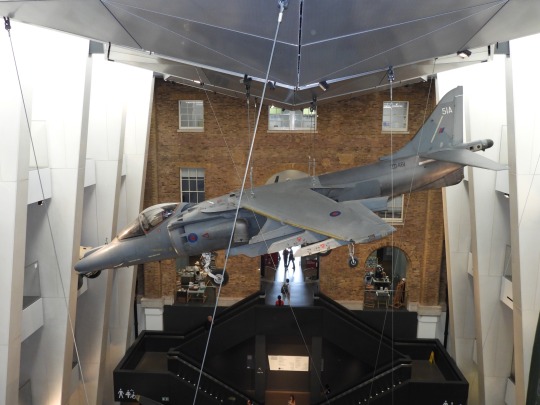
We finished around 4.30. I had dinner with mum at the Victoria Wetherspoons (review - it’s a Wetherspoons, you know what to expect) and then headed back in to write this. Tomorrow we get most of the day to ourselves, so I plan to duck down for a cheeky visit to the National Army Museum. But first an early rise, because there might - and I cannot absolutely confirm this - be something special in at Paddington…
#first world war#second world war#imperial war museum#bomber command#wellington arch#duke of wellington#royal artillery#british army#royal air force#the troubles
7 notes
·
View notes
Text
Christmas at a Victorian Fort; December 1878-1898
Christmas at a Victorian Fort; December 1878-1898
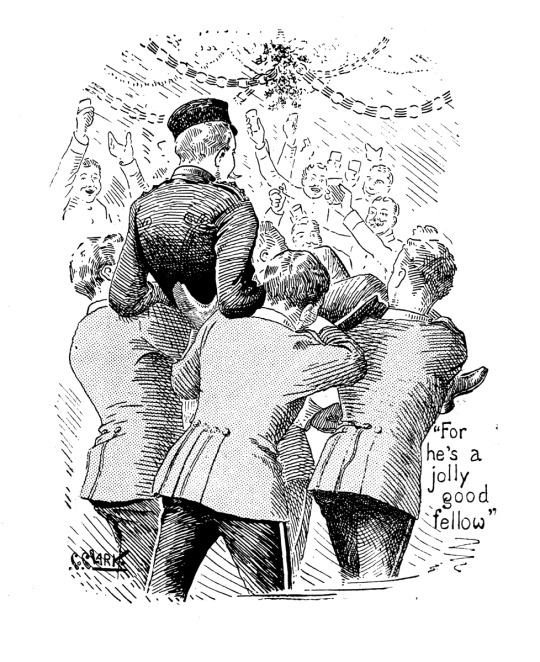
View On WordPress
1 note
·
View note
Photo
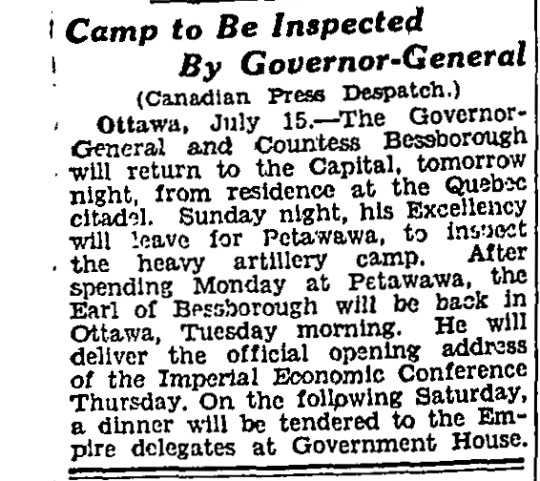
“Camp To Be Inspected,” Toronto Globe. July 16, 1932. Page 3.
----
(Canadian Press Despatch.)
Ottawa, July 15. - The Governor-General and Countess Bessborough will return to the Capital, tomorrow night, from residence at the Quebec citadel. Sunday night, his Excellency will leave for Petawawa, to inspect the heavy artillery camp. After spending Monday at Petawawa, the Earl of Bessborough will be back in Ottawa, Tuesday morning. He will deliver the official opening address of the Imperial Economic Conference Thursday. On the following Saturday, a dinner will be tendered to the Empire delegates at Government House.
#ottawa#ville de québec#petawawa#governor general of canada#official duties#canada in the british empire#earl of bessborough#imperial conference#british empire#canadian militia#royal artillery#military inspection#great depression in canada
0 notes
Video
WW1 officers & men group - colourised photograph by Frederick McLean
Via Flickr:
A version hand colourised by me, of an old original WW1 photograph of officers and men. Funnily enough it is only the officers who are laughing! Unfortunately there are no details at all on the reverse. Apologies in advance if any of the colours are incorrect. The original sepia photo is here:- flic.kr/p/2nFknZ2 My wild guess at the regiments, going clockwise from top left are:- Wiltshire, East Surrey, Royal Artillery, ???????, Wiltshire, Scottish ????, Wiltshire. If there are any errors in the above description please let me know. Thanks.
#WW1#WW1 ephemera#old photograph#vintage photograph#WW1 photograph#WW1 army#soldiers#WW1 soldiers#Wiltshire Regiment#East Surry Regiment#Royal Artillery#1910s#coloured#colourised#colorised#colored#colourised photograph#flickr
1 note
·
View note
Photo
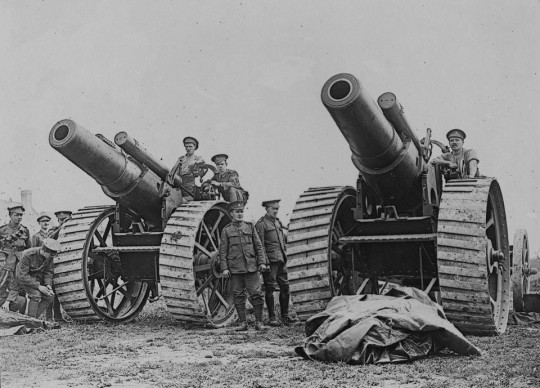
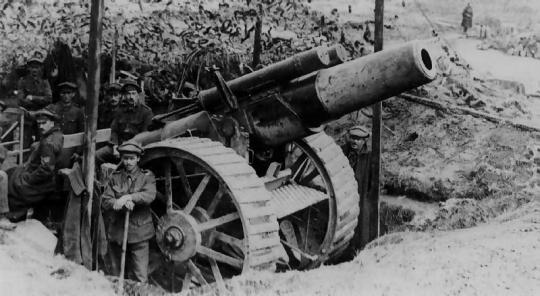

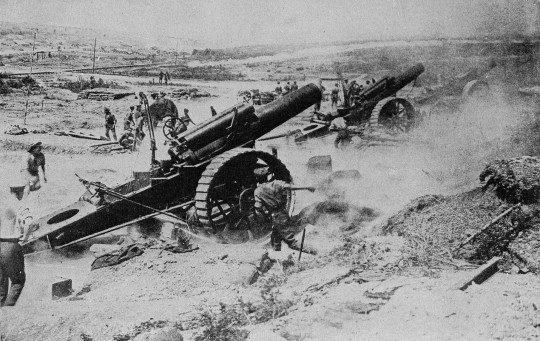


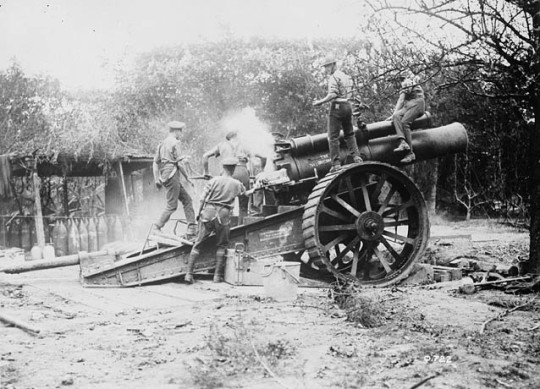
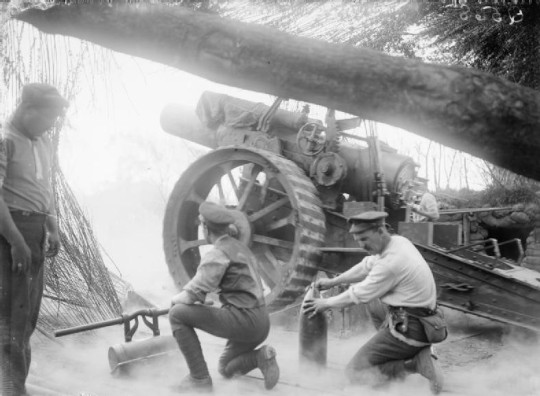
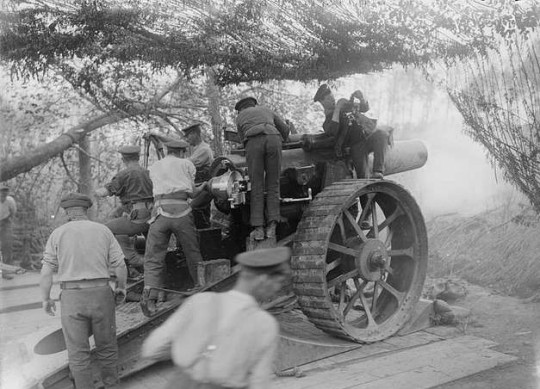
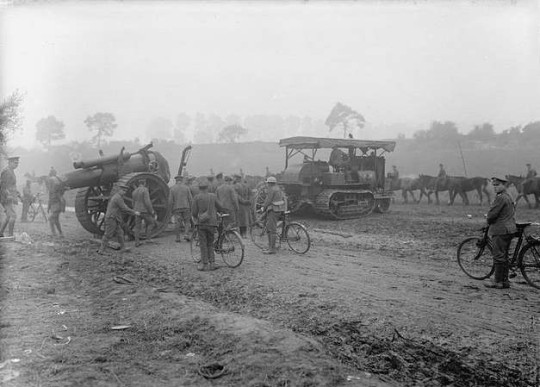
BL 8-Inch Howitzer MK I-V
#BL 8-Inch Howitzer MK I-V#Royal Garrison Artillery#Heavy Howitzer#Howitzer#Artillery#Holt Tractor#Pulp#Dieselpunk#Weird War#WW1
149 notes
·
View notes
Photo

A shako for Naval Artillery Crews of the Royal Sardinian Navy from the Reign of Carlo Felice, King of Sardinia and Duke of Savoy, 1821 - 1831
89 notes
·
View notes
Text
The heavens opened for today's gun salute! ☔️
Watch the HAC Regiment fire a 62-round gun salute at the Tower of London for His Majesty The King's Birthday. 👑🎉
14 November 2023
—
The Honourable Artillery Company (HAC) is the oldest regiment in the British Army with a long history of tradition and excellence.
HAC soldiers take great pride in their ability to switch quickly and seamlessly between serving their country on operations and performing ceremonial duties in the City of London.
The HAC is the Army Reserve’s Intelligence, Surveillance and Reconnaissance Regiment.
It exists to support the Regular Army on operations.
We work closely and train with our two paired regiments — 5th Regiment Royal Artillery and 7th Parachute Regiment Royal Horse Artillery.
#King Charles III#Charles III#His Majesty The King#HMTK#Honourable Artillery Company (HAC)#British Army#HAC Regiment#gun salute#British Royal Family#Tower of London
22 notes
·
View notes
Text
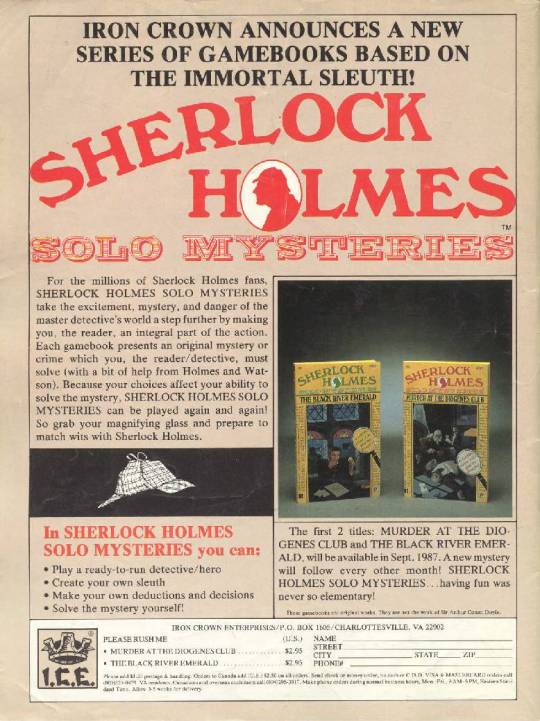
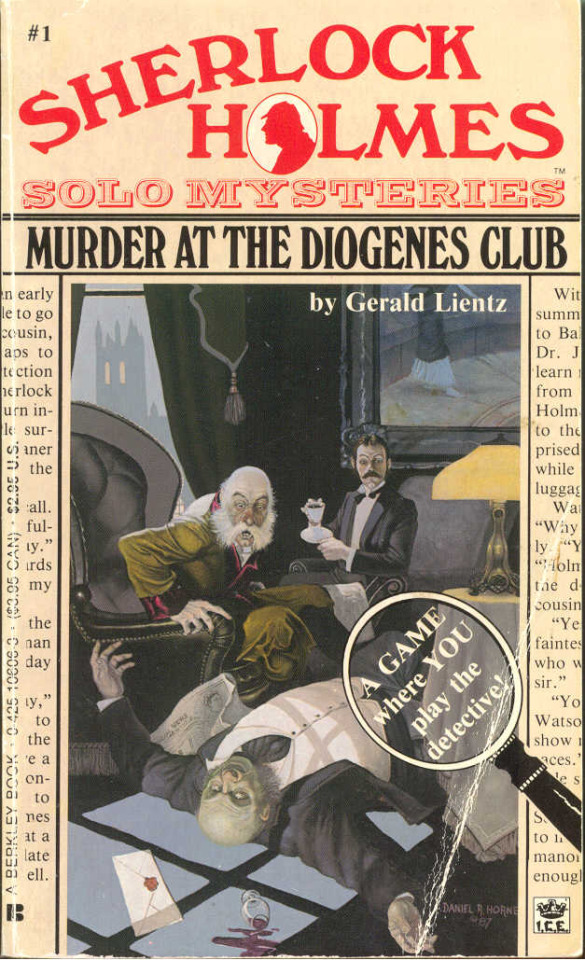
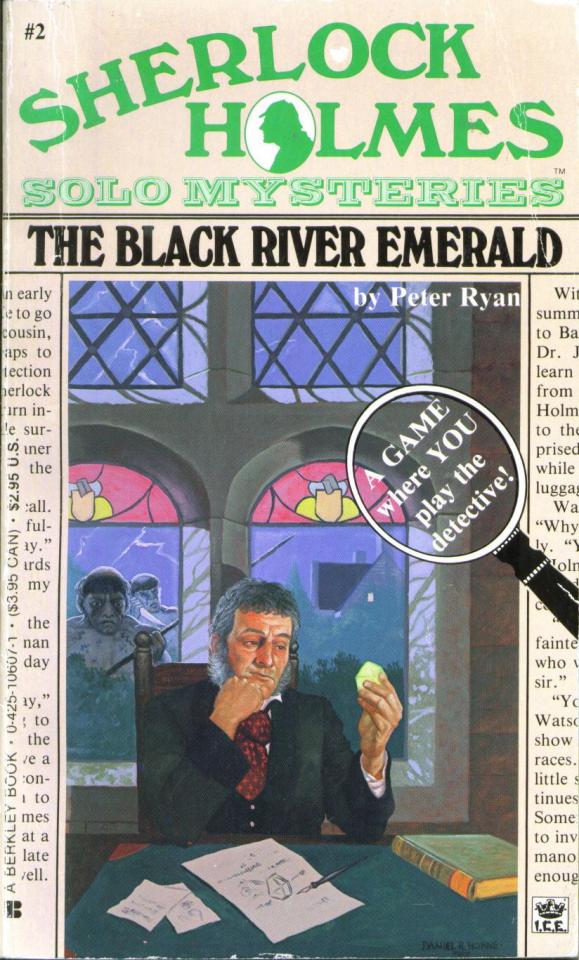



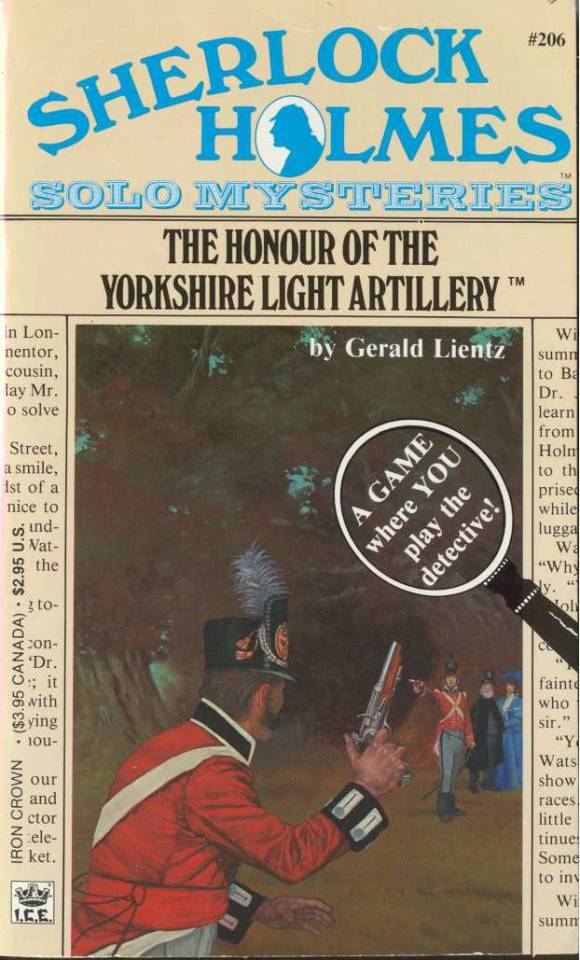

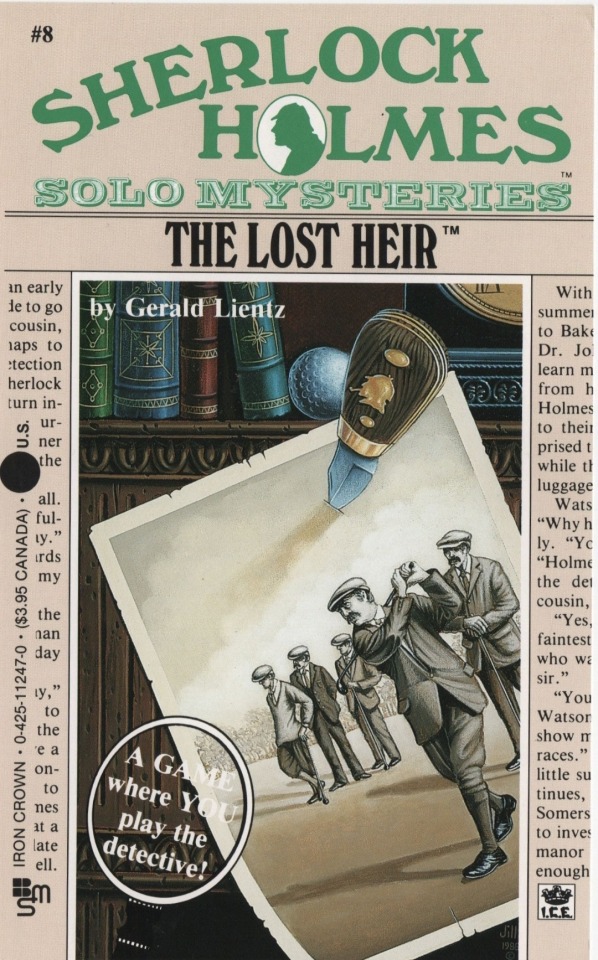
"Sherlock Holmes Solo Mysteries" gamebook series by Iron Crown Enterprises (1987-1988, published by Berkley and I.C.E.)
#its kind of a ttrpg but more of a choose your adventure with dice rolls#all available on the internet archive#except for the ninth book that may or may not exist because ive found it listed only in title#sherlock holmes#book cover#sherlock holmes game#merchandise#holmes#sherlock holmes solo mysteries#murder at the Diogenes club#the black river emerald#death at the appledore towers#the crown vs dr watson#the dynamiters#the honour of the yorkshire light artillery#the royal flush#the lost heir#the kidnapping of moriarty#gerald lientz#iron crown#iron crown enterprises#book games#game books#ttrpg#vintage books#vintage ad#berkley#ice publishing
40 notes
·
View notes
Photo

THE ROYAL ARTILLERY IN THE PRE-WWI PERIOD
Object description: New leader of team of the Royal Horse Artillery with his horse.
Creator: British Army official photographer
Production date: 1863
Catalogue number: Q 69858
Part of ROYAL ARTILLERY INSTITUTION
Imperial War Museum
#military history#military#1863#royal horse artillery#Royal Artillery Institution#Imperial War Museum
59 notes
·
View notes
Text

Four Officers of the Royal Artillery listen to their gramophone in the sunshine outside their dugout near Carnoy Valley.
21 notes
·
View notes
Text

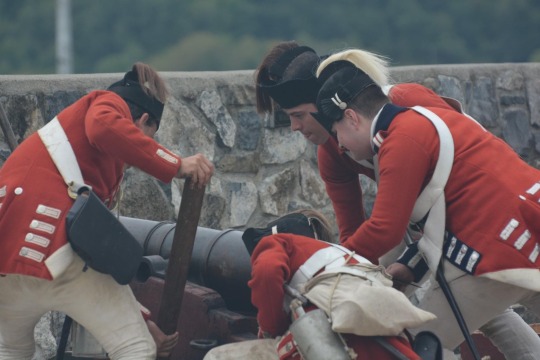

A reenactment at Fort Ticonderoga showing British forces during Burgoyne’s 1777 Saratoga campaign. A force of British recruits helped man the Royal Artillery’s guns during the campaign.
#history#british army#18th century#military history#american revolution#redcoat#american war of independence#revwar#redcoats#royal artillery
41 notes
·
View notes
Text

The gunner was the one man whose carelessness could destroy the ship in a moment, and the Regulations showed that the Admiralty was well aware of it: there were twenty-six instructions for the lieutenant, thirty-eight for the master, eleven for the bosun, but thirty-three for the gunner. They ranged from not swabbing a gun with water 'when it grows hot, for fear of splitting' to coating guns with a mixture of tar and warm tallow if they had to be carried into the hold. [...] The last instruction said: 'No person shall be warranted as gunner before he has passed an examination before a mathematical master, and three able gunners of the Navy, and from them procure a certificate of his qualification'.
— Dudley Pope, Life in Nelson's Navy
Art from "Uniforms of The Royal Navy - HMS Victory Gunner, 1805" (1980s postcard series).
#age of sail#napoleonic wars#royal navy#naval history#gunner#naval gunnery#british naval dress#hms victory#dudley pope#life in nelson's navy#dressed to kill#i wish my math education had more naval artillery in it#military history
59 notes
·
View notes
Text
Ian McCollum interviews Jonathan Ferguson, Keeper of Firearms and Artillery at the Royal Armouries Museum in the UK, which houses a collection of thousands of iconic firearms throughout history.
youtube
(p.s. @baldy-wan-kenobi, check out 23:38-27:28)
#forgotten weapons#royal armouries#jonathan ferguson#keeper of firearms and artillery at the Royal Armouries museum in the UK#which houses a collection of thousands of iconic weapons from throughout history#Youtube
10 notes
·
View notes
Photo

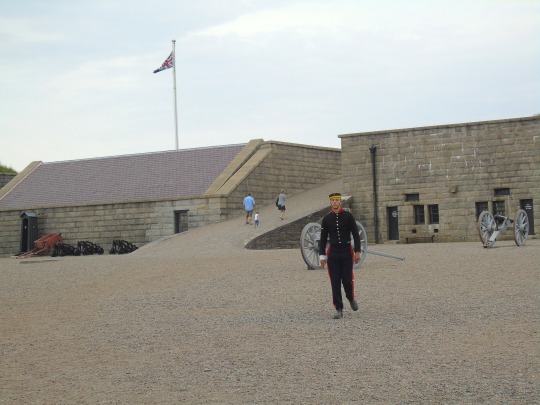

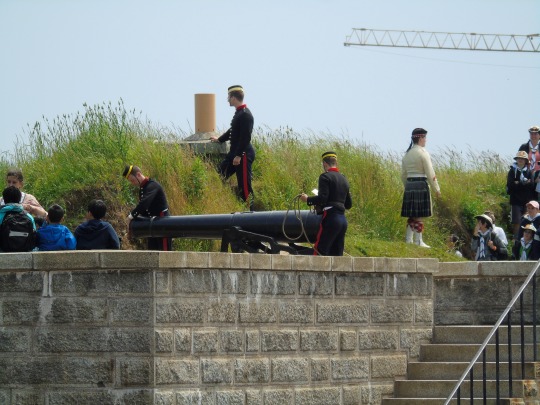


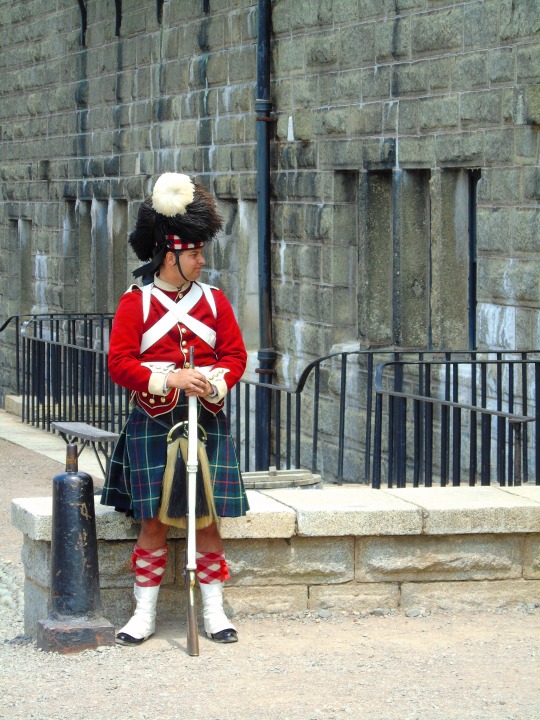

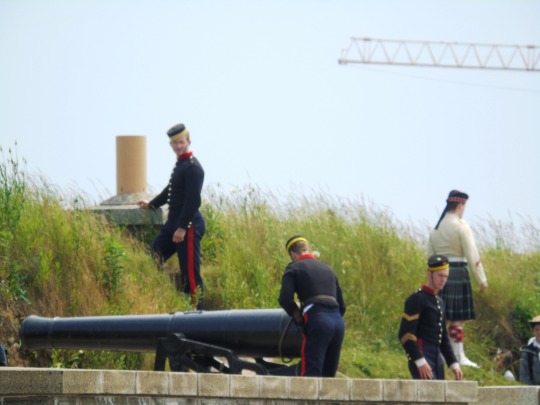
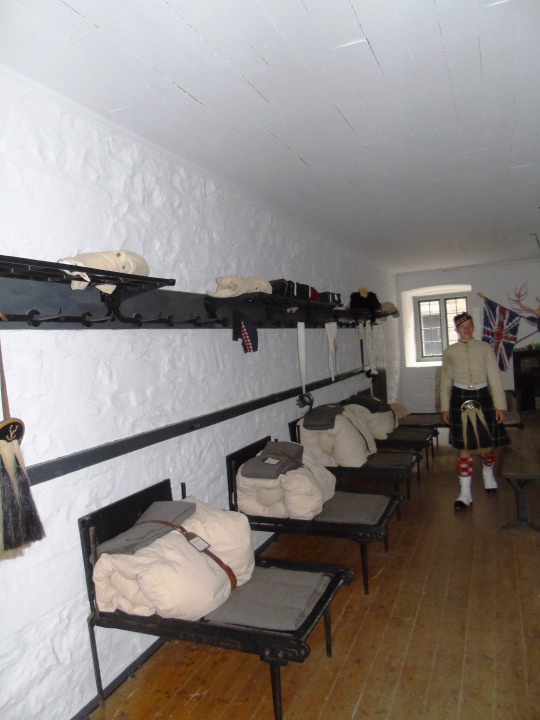
The renowned 78th Highlanders Regiment of Foot were stationed at Halifax for almost three years (1869-1871). The regiment arrived in Halifax on the afternoon of May 14, 1869, aboard the troopship HMS Crocodile.
A total of 765 men disembarked in full dress uniform. The Regiment was divided into two depots and eight service companies, consisting in all of 34 officers, 49 sergeants, 21 drummers, 6 pipers, and 600 rank and file.
#78th Highlanders Regiment of Foot#arrived#14 May 1869#anniversary#travel#Halifax Citadel National Historic Site of Canada#Fort George#vacation#Third Brigade of the Royal Artillery#noon cannon#tourist attraction#landmark#Nova Scotia#Canadian history#summer 2015#original photography#interior#exterior#architecture#cityscape
26 notes
·
View notes